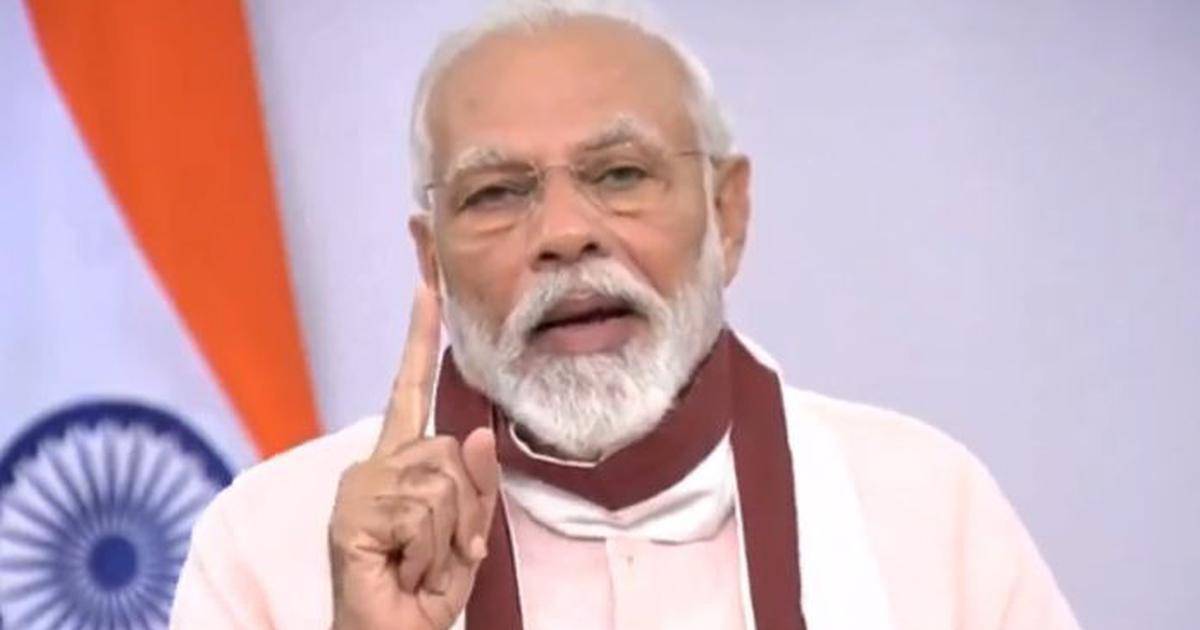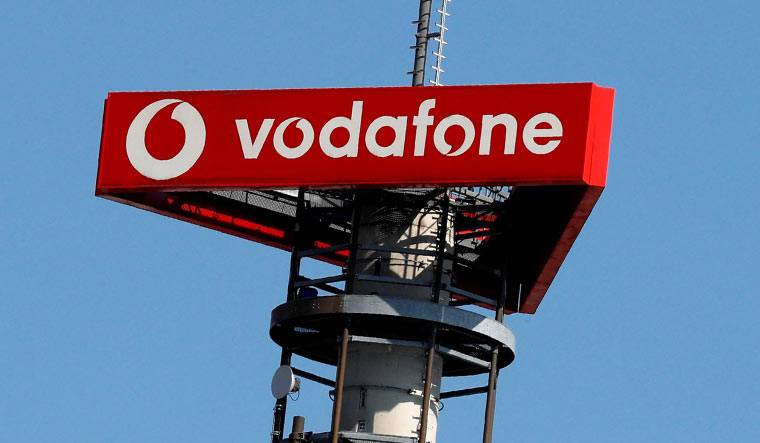
The Hospitality Industry
With international borders sealed, suspension of movement across the country, and the declaration of the nationwide lockdown, the hospitality industry witnessed an unprecedented truncated phase in history. Adding to the persisting nemesis comes panic and dread for travel amongst people.
The hospitality industry feels the heat as travel becomes a long-forgotten phenomenon in this Covid world. The occupancy level of hotels and resorts has hit a major low since the beginning of March as the nervousness and anxiety about the spread of the virus started unfurling throughout the world.
Adding to the tumult, the situation for businesses working on a lease for commercial space has been grim. With bleak chances of revival of business soon, payment of rentals has been one of the most worrisome aspects for many of the business owners in the hospitality sector.
Small to the world is huge to the Hospitality Industry
The hospitality industry has been one of the worst-hit by the pandemic with a shortfall in business and a lack of government stimulus. Closure of food outlets and downsizing operations have been routine since the spread of the virus. The industry has come down to zero revenue in the past three months.
This would customarily lead to the loss of jobs for many in the industry. Food joints have been forced to connect with online food delivery businesses with the hope of some respite. Metropolitan cities, which witnessed business visitors plenty before the pandemic, are anticipated to be ready for tough times ahead.
Revival of Hospitality Sector: Bleak chances in the near future
The hospitality industry despite being the worst hit by the pandemic has received the least stimulus from the government. It is not very soon, that businesses in this sector can be expected to be flourishing afresh. Even with the go from government reopening the industry in June, it would be wrong to expect the situation to get back to normal before November 2020.
The average reset for the entire industry is contemplated to be 12 months, with the major ramp-up of operations that can be expected to arrive by February 2021. The revival period coincides with the off-season period of six months, which is set to commence shortly; and the industry can be expected to only see cash flows improving by the beginning of the next year.
Change of business model for the hotel industry
Post the pandemic, the hotel industry awaits a transformation in operations as well as the setting up of business. Instead of huge properties, developers would be looking forward to small but multiple properties to make the process cost-effective and incur less debt on the balance sheet. Domestic leisure travel facilities could see a boom in business as most people will avoid international vacations for quite some time now.
Drivable destinations would be the go-to place as the hassle of stay could be avoided. Luxury business hotels shall remain in a worrisome position with minimal international travel their operations are not expected to pick until a few months from now.
Hospitality 2.0: The Post Covid Era
The hospitality industry is looking for a way out to kick start business soon after the lockdown. There is a multitude of considerations from operational changes, repurposing property, and maintaining strict hygiene measures before the onset. With many hotels and businesses in the industry being forced to shut down due to the implications of the revenue loss, the industry is hunting for new operational solutions to commence business.
The post-Covid era would expect the industry to enhance its hygiene and sanitization process by opting for more contactless delivery and services. The succeeding times could also witness a revamp of the hotel business model to ensure a safe stay for the customers.

Financial Literacy a Must for The Right Decision
Indian financial markets have turned increasingly complex for the common man, and a necessity has arisen to increase financial literacy to enable people to make informed decisions. Financial literacy consists of knowledge of financial concepts such as spending, saving, borrowing, investing, etc., and using it to manage personal resources efficiently.
Individuals faced with having to make complex financial decisions because of the complicated financial environment find that imprudent financial decisions like excessive spending, living on borrowed money, and deferred debt payments made earlier in life can prove to be costly.
Financial education can be seen as the best strategy to help individuals to manage their limited financial resources wisely, ultimately resulting in a decrease in the number of individuals being declared bankrupt.
The Organisation for Economic Cooperation and Development (OECD) has defined financial education as, “the process by which financial consumers/investors improve their understanding of financial products and concepts and risks, and through information, instruction and/or objective advice, develop the skills and confidence to become aware of (financial) risks and opportunities, to make informed choices, to know where to go for help, and to take other effective actions to improve their financial well-being and protection.”
Financial literacy has assumed a significant role in the present era due to factors including the development of new financial products, the complexity of financial markets, information asymmetry, and changes in other economic factors. It results in the intersection of financial inclusion, financial development, and financial stability.
Financial inclusion The Indian government has tried to provide financial products and services to all sections of society concentrating particularly on the weaker sections and the low-income groups to enable their inclusion in the market.
People are getting literate enough to understand banking and financial concepts and terminology. Reserve Bank of India (RBI) has aggressively looked into it by joining hands with non-governmental organizations (NGOs), self-help groups (SHGs), and commercial banks.
Financial literacy and credit counseling centers have inculcated saving habits among people, to make them aware of the financial products and the credit schemes, and counsel them to prevent unmanageable debt levels. Increased financial literacy supports social inclusion and enhances the well-being of the community.
The Securities and Exchange Board of India (SEBI) has undertaken measures through stock exchanges, depositories, mutual funds associations, associations of merchant bankers, etc. by organizing seminars wherein study material is disseminated to educate investors. Another material related to financial education is available on the official website of SEBI.
Furthermore, the advancements in the information and communications technology (ICT) sector, the advent of mobile phones, the internet, and ATMs have also changed the way financial business is conducted. Financial development Financial illiteracy has been a barrier as per as delivering services is concerned. If individuals are not familiar or comfortable with products, they will not go for them.
In recent years, the knowledge about interest rates, exchange rates, etc. has been influencing the decision-making of individuals and they face financial risks despite informed decisions. It leads them to devise risk management strategies.
Businesses sometimes try to control financial risks with private insurance coverage and sometimes through various financial products. Financial literacy programs have played an important role in reducing economic inequalities as well as empowering citizens and decreasing information asymmetries between financial intermediaries and their customers.
Innovations such as electronic payments are helping those who have been excluded from the system. Financial development is widely recognized as an important determinant of economic growth.
Financial stability is also an integral component of customer protection. Customers are often penalized for minor violations in repayments, although they have limited redressal mechanisms to rectify deficiencies in service by banks, rendering the banker-customer relationship unequal.
Literacy has empowered the common person and thus reduced the burden of protecting him/her from the elements of market failure from a regulatory perspective. They understand the details of the regulations and avoid any kind of mistake that can have adverse effects.
Financial literacy has improved the integrity and quality of markets. It has provided individuals with basic tools for budgeting and helped them to acquire the discipline to save. It has ensured that they can enjoy a dignified life after retirement. It relates to personal finance, which enables individuals to take effective action to improve overall well-being and avoid distress in financial matters.
Hence increased financial knowledge has enabled people to participate in financial markets. Numerous households have improved money-related proficiency and individuals, as well as households, have been observed to be inclined to possess a retirement plan and savings.
Financial literacy plays a vital role in the efficient allocation of household savings and the ability of individuals to meet their financial goals. It has resulted in instability in the market and individuals’ financial conditions have improved. Conclusion Knowledge is crucial for financial decision-making.
This conclusion may be drawn on the basis that a strong correlation exists between the extent of an individual’s education and that individual’s investment acumen, the propensity to save, and management of personal credit. A positive correlation between greater education and increased investment in higher-yielding assets and higher investment-related income and a lower incidence of personal credit mismanagement like bankruptcies can be achieved.
RBI and SEBI’s initiatives are strides taken in the right direction for achieving its objectives of financial inclusion and financial literacy. Various NGOs and SHGs are also contributing to improving the financial education of the people.
However, more capital infusion towards financial literacy workshops and seminars at schools, colleges, workplaces, and residential areas is required so as to boost its effectiveness and spread. Early financial education and increased financial literacy are imperative and should be a first-order concern for public policy and educators alike.
Tags: financial literacy, financial education, financial awareness, financial knowledge, financial literacy for students, personal financial literacy, basic financial literacy

Rs 20 Lakh Crore Package – Atmanirbhar Bharat Abhiyan
The Finance Minister made the fine print of Prime Minister Narendra Modi’s Atmanirbhar Bharat Abhiyan economic package, India’s economic response to the Covid-19 pandemic by the announced in her 5 days of economic stimulus press conferences. The package of Rs 20 lakh crore has been divided between measures that the government is taking now and the measures that it has taken earlier.
The overall package consists of three primary components – a set of measures taken by the government before Modi’s speech on May 12, the Reserve Bank of India’s liquidity measures over the last two months and the five tranches announced by Nirmala Sitharaman.
The government’s Rs 20 lakh crore economic support package, intended to help the economy tide over the Covid-19 crisis, will involve a very small amount of direct government spending. It is estimated that the actual fiscal impact on the budget could reach the bottom based on the calculations and assumptions made during the series of announcements.
The package may fall short of mitigating the near-term challenges for some businesses, but it is better designed to improve India’s medium-term growth potential.
Even though the announcements made are worth over Rs 20 lakh crore, the actual cash outlay by the government this year and the impact on the fiscal deficit will be far less. This is because many of the government’s proposals are credit-focused or are aimed at easing liquidity concerns for many affected sectors.
Any costs incurred will be initially covered through banks or other financial institutions and thus not result in actual cash outgo by the Centre. A part of the initiatives announced may only be ramped up over an unknown period of time and therefore may not be fully relevant for the fiscal deficit this year.
Further, it is difficult to hone in on an exact figure as much of it shall depend upon the Centre’s pace of implementation of certain programmes.
Meanwhile, it has used the cover of the COVID-19 crisis to plough through long pending, politically sensitive reforms. The fourth instalment of the Rs 20 lakh crore package comprised reforms for sectors including coal, minerals, defence production, air space management, airports, MRO, distribution companies in UTs, space sector, and atomic energy.
For improved ease of doing business among MSMEs, the minister extended the initiation period of fresh insolvency proceedings against MSMEs by six months to up to one year along with excluding Covid-19 related debt from the ‘default’ category under the IBC Code.
There has been no mention of any direct transfer from the economic package. Thus, people like the migrants, domestic workers, and street vendors do not find much to look up to who are in dire need of cash for livelihood and sustenance. The scheme aims at providing empowerment but not entitlement.
The ease of getting loans will be much more effective in an economy where a significant number of people are already finding it difficult to sustain the month on the income received. The announcement made by the Finance Minister has gone through a fair round of criticism by various economists and financial experts, some of the most important points on which the stimulus package falls short include,
Firstly, it is considered to be less of a stimulus and more of industrial reforms, which could have been announced at any time let alone being announced in times of crisis.
Secondly, it has been also observed that the only direct budgetary cost in this tranche was Rs. 8,100 crores to be provided as a raised 30% viability gap funding to boost private investment in social sector infrastructure.
Thirdly, the package may fall short of mitigating the near-term challenges for some businesses, but it is better designed to improve India’s medium-term growth potential
Finally, the fourth and fifth tranches covered sectors of strategic importance but these policies will be rolled out over a 3-6 month period, and any implication for supporting or reviving the economy as it comes out of lockdown is missing.
The relief package is a bold attempt to help the world’s one of the largest economies as it strives towards its first full-year contraction in four decades. While the package contains a suite of offerings targeted at different sections of the economy including the MSMEs.
Any subsequent announcements should include labour reforms and contain a clear focus on addressing the immediate need for cash for the MSME sector to meet its short-term working capital requirements, preserve the entrepreneurial spirit and boost capital formation and consumption. The figure might should up a large amount of package, but the core is hollow.
Tags: atmanirbhar bharat abhiyan, economic package, 20 lakh crore package, economic stimulus package, economic relief package, 20 lakh crore, atmanirbhar bharat abhiyan economic package








